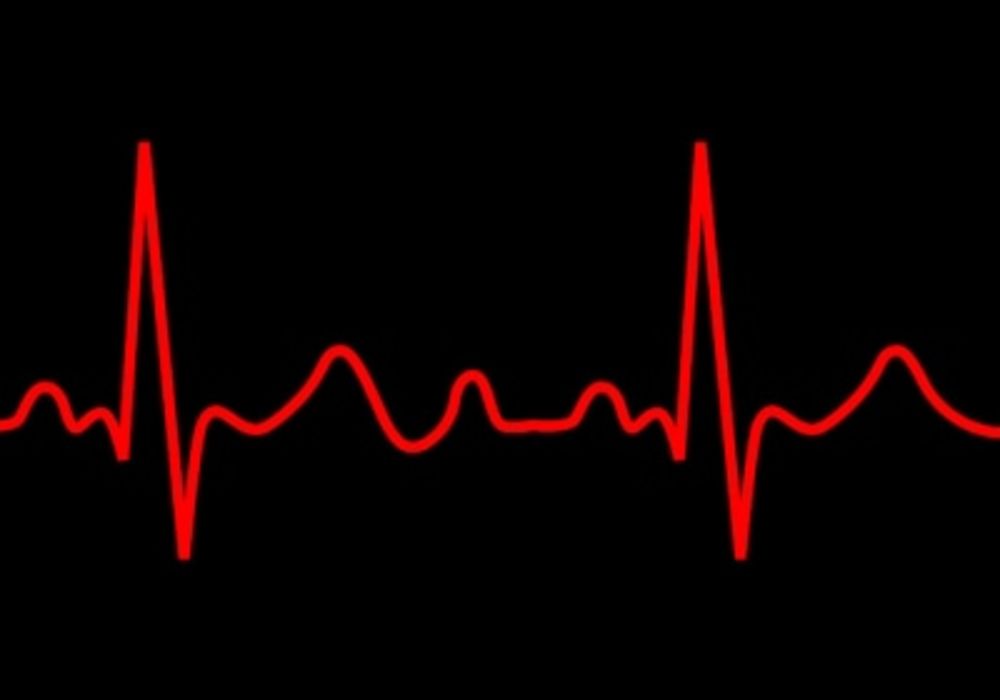A groundbreaking technology utilising ultralow temperature cryoablation (ULTC) has achieved a 94% success rate in eliminating clinical ventricular tachycardia (VT) among patients. This cutting-edge advancement was unveiled at EHRA 2024, the prestigious scientific congress of the European Society of Cardiology (ESC).
VT is a primary cause of sudden death in individuals with heart failure and a diminished ejection fraction. Approximately 30% of patients affected by both ischaemic and non-ischaemic cardiomyopathies encounter ventricular arrhythmias, including VT. Conventional treatments, such as antiarrhythmic drugs like amiodarone and implantable cardioverter-defibrillators (ICDs), have limitations in fully eradicating VT, with amiodarone often accompanied by severe side effects and ICD shocks proving painful and potentially contributing to long-term mortality.
Dr Atul Verma, the lead investigator from McGill University Health Centre in Montreal, Canada, highlighted that while amiodarone can suppress VT, it fails to eliminate it. Its usage is also hindered by side effects leading to discontinuation in a significant portion of patients. Similarly, while ICDs can effectively halt VT episodes, the associated shocks pose discomfort and potential long-term risks. As for ablation, little innovation has been seen since the advent of radiofrequency techniques 15 to 20 years ago.
The Cryocure-VT trial assessed the safety and efficacy of ULTC in treating recurrent monomorphic VTs among patients with ischaemic and non-ischaemic cardiomyopathies. ULTC, a revolutionary energy source, creates profound lesions in ventricular tissue, penetrating scarred areas—an indispensable feature for successful VT ablation. In contrast, conventional technologies like radiofrequency struggle to achieve comparable tissue depth and penetrate scar tissue effectively.
The catheter's design is what makes it novel. It enables the delivery of ULTC and generates lesions of varying tissue depth depending on the freezing duration. By gauging tissue depth through preprocedural or intraprocedural imaging, operators can tailor the treatment to the specific VT characteristics, delivering the requisite ULTC duration.
Conducted across nine centres in Belgium, Canada, Czechia, France, Germany, and the Netherlands, Cryocure-VT enrolled 64 patients with a history of VT and an indication for ablation. The study included both ischaemic and non-ischaemic cardiomyopathy cases. Participants with an existing or planned ICD implantation also participated.
Primary endpoints focused on acute non-inducibility of clinical VTs post-procedure, freedom from major adverse events at 30 days, absence of sustained VT (>30 seconds) at six months, and freedom from ICD intervention at the same timeframe.
Key findings revealed that 94% of patients achieved acute non-inducibility of clinical VTs post-procedure, completely eliminating all VTs in 85% of cases. There were no major adverse events per the protocol at the 30-day mark. At six months, 60% of patients remained free from sustained VT, and 81% were free from ICD shocks. The study reported no significant disparities between ischaemic and non-ischaemic cardiomyopathy patients.
Dr Verma emphasises, "ULTC ablation demonstrated remarkable efficacy and safety in addressing monomorphic VT among patients with diverse cardiomyopathies. The success rates rivalled, if not surpassed, previous radiofrequency VT ablation trials. Moreover, complication rates remained consistent with other VT ablation endeavours. This technology holds immense promise and could signify a pivotal leap forward in VT ablation by enabling targeted treatment of deeper myocardial and potentially epicardial substrates. Further investigations, including randomised trials employing this device among patients with monomorphic VT, are imperative."
Source: ESC
Image Credit: iStock














